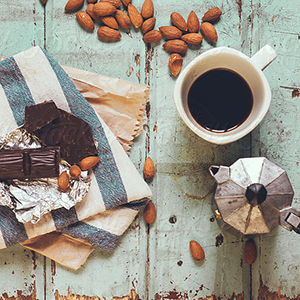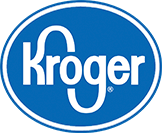
History
Evidence suggests that peanuts were cultivated as long ago as 950 BC by the Incas, who ground them into an edible paste, and even buried them with their dead in the belief that the spirits of their loved ones needed food in the afterlife. From South America the peanut migrated to Africa, on to Spain, and eventually to the American colonies where it rapidly became an important crop in the warm climates of the South.
- The Number One Nut Today, the peanut reigns as one of the most popular “nuts” in America–yet technically, it isn’t a nut at all. The misnamed peanut is actually classified as a legume, or a member of the bean family, and they grow underground, as opposed to almonds, cashews and macadamias, which are tree nuts. Despite the confusion inherent in its name, the peanut is decidedly nutritious. Like most tree nuts, peanuts are a source of protein and fiber, have no cholesterol, and contain monounsaturated fats.1 The protein and fiber content helps to promote satiety, a factor that may help support weight management. What’s more, peanuts contain more than 30 important nutrients, including magnesium, folate, niacin, phosphorus and the powerful antioxidant vitamin E.
- Part of a Healthy Future The FDA approved a qualified health claim for use on package labels of certain peanut products, which states: “Scientific evidence suggests but does not prove that eating 1.5 ounces per day of most nuts, such as peanuts, as part of a diet low in saturated fat and cholesterol, may reduce the risk of heart disease.”
- Peanut Butter in Your Diet But, as everyone knows, peanut butter isn’t just wholesome, it’s also delicious, and this fact promotes additional health benefits. For example, in a recent study conducted by USDA-ARS Children’s Nutrition Research Center in Texas, researchers found that when raw vegetables were served with a side dish of peanut butter for dipping, even “vegetable resistant” kids typically ate a greater variety and volume of raw vegetables.2
One of America’s best-loved foods, peanut butter is a smart way to ramp up your peanut consumption. While spreading it on bread with your favorite jam is always a delicious treat, there are countless other ways to enjoy this tasty health food. Use it in baking cookies, pies and muffins, eat it with your favorite raw fruits and vegetables, add it to your oatmeal or breakfast smoothie, even use it to make frosting or top ice cream. For more information about the health benefits of peanuts, or to find recipes, obtain research and learn more fun peanut facts, please visit:
- 1 Reference: USDA nutrient database for one ounce of peanuts.
- 2 http://www.peanut-institute.org/103009_PR.html







